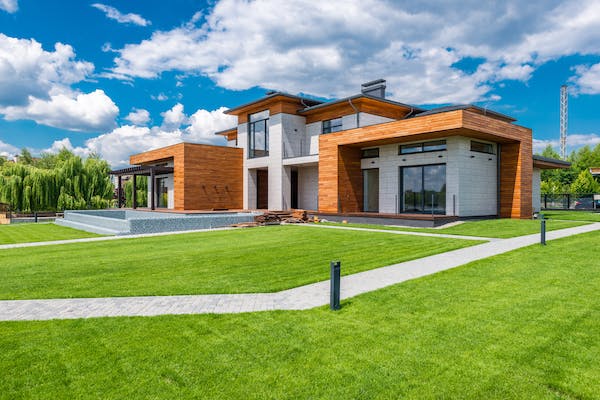How to Lay a Concrete Driveway: A Step-By-Step Guide
Laying concrete for a driveway is one of the most significant DIY projects for home improvement. Whether the aesthetic change is small or large, the project requires a strong sense of awareness. To avoid future problems, it is important to avoid the small mistakes that create a mediocre driveway.
Contents
Preparation
Before you get to the buying stage, assess the area where there will be Poured concrete. It should be clear of any obstructions that will hinder the project – that includes utility lines, trees and other objects. Make sure that you measure only after checking local building codes and regulations.
Materials
The best way to guarantee a smooth job is by having all of the necessary tools. Concrete mix, gravel, shovels, water, a concrete mixer and level are only a few in this category. If you get into the thick of the project and still have missing materials or tools, don’t try to wing it. Stop, and take a break to get what is missing.
Excavation And Base
For the excavation phase, you want about 6-8 inches. The exact depth will depend on the expected load of the driveway and the soil type. After excavating, create the base with a 4-inch layer of crushed stone or gravel. After compacting the gravel to create a foundation, you can move on to the next step.
Forms
While the concrete sets, wooden forms need to be constructed to hold it in place. A good amount of secured 2×4 lumber will do the trick. The biggest mistake with this step is not keeping everything aligned. Use a string line to and do a once over before moving to the next step.
Prepping the Concrete
You can increase the durability and strength of the concrete by prepping it properly. That means reinforcing the area with wire mesh or rebar, as necessary. When done properly, it will also prevent cracking while everything sets.
Mixing and Pouring
This is the step where you will actually be dealing with the concrete! Pay close attention to the manufacturer’s instructions. Even if you have done this before, there may be updated instructions or warnings that are worth reading over. While pouring, the consistency of your concrete should never be watery.
Leveling
A screed board is used to level the surface after the concrete is poured. After the screeding process, a bull float is used to finalize the leveling. This part also allows for a bit of creativity if you want to create textures or a non-slip finish.
Finish The Project by Curing
To finish off all of your hard work, cover the concrete with a plastic sheeting or curing compound. This is done to prevent the concrete from drying out too fast. Curing is also your last chance to achieve optimal durability for the concrete before it completely sets. In about a week, you’ll be able to see significant progress in how everything is shaped.
A Manageable Project
Approach this project in a careful manner, and the end result will be breathtaking. This is a DIY project that is fairly easy when you follow the appropriate steps. Stay patient, and your attention to detail will be greatly rewarded.




